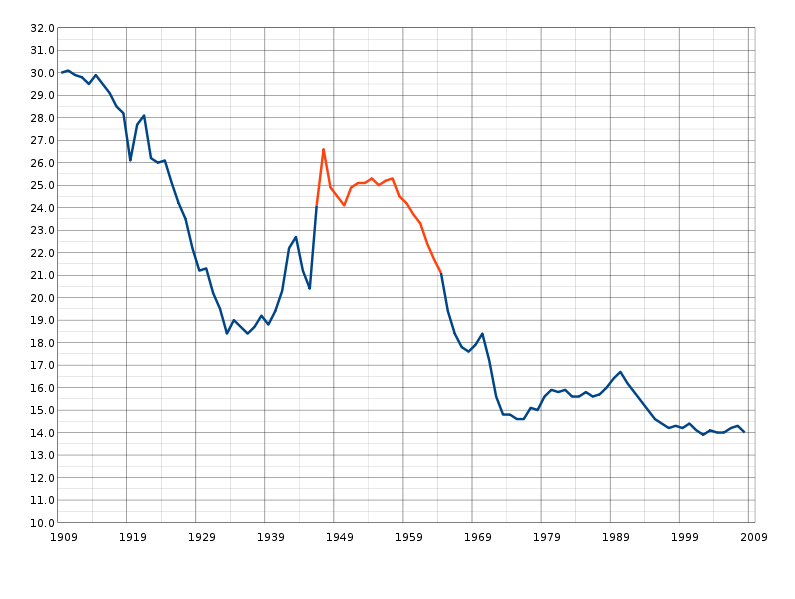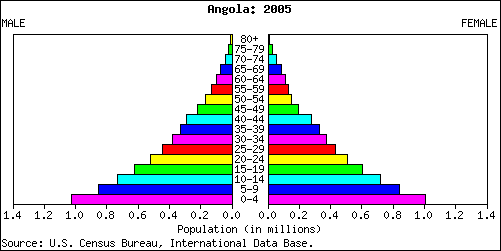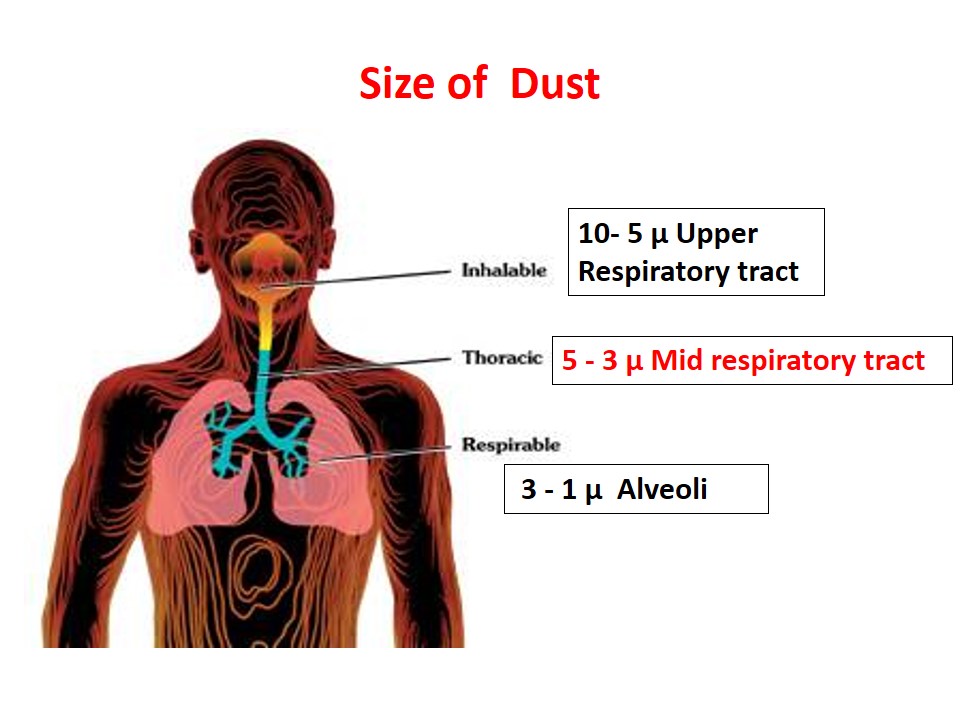Standard Error
Standard error is the measure of extent to which the sample mean deviates from true population mean.
It helps in determining the confidence limits within which the actual parameters of population of interest are expected to lie. It is used as a tool in tests of hypothesis or tests of significance.
Standard error -concept
Estimation of population parameters from results/ statistics of sample mean involves two factors:
– Standard deviation of the population of interest &
– Sample size
The relationship of population standard deviation to sample size is
SE= SD/√n
Formulae for Estimation of Standard Error (SE) of Sample
• 1. SE of sample mean= SD/ √n
• 2. SE of sample proportion(p) = √pq/n
• 3. SE of difference between two means[SE(d)]=√SD1/ n1+ SD2/n2
• 4. SE of difference between two proportions= √p1q1/n1+ p2q2/n2
SE/ SEM (standard error of mean)
SE is inversely related to square root of sample size (the larger the sample, closer the sample mean to population true mean)
Z scores can be calculated in terms of standard error by which a sample mean lies above or below a population mean
Z = x – µ / σ
Reference Ranges
The 95% limits (refer to 2 standard deviations on either side of mean) and are referred to as REFERENCE RANGE
For many biological variables they define what is regarded as the NORMAL RANGE OF THE NORMAL DISTRIBUTION
Confidence interval
As standard error (the relation between sample size and population standard deviation) is used for estimation of population mean µ, formula is:
µ = X ± 2SE
The variation in distribution of the sample means can also be quantified in terms of MULTIPLES OF STANDARD ERROR (SE).
Conventionally!!!!!!!!
1.96 /2 SE on either side of mean is taken as the limit of variability. These values are taken as CONFIDENCE LIMITS with intervening difference being the 95% CONFIDENCE INTERVAL which gives an estimated range of values which is likely to include an unknown” POPULATION PARAMETER”.
Width of confidence interval
The width of confidence interval reflects how uncertain we are about an unknown parameter. A wider confidence interval may indicate need for collection of more data before commenting on the population parameter.
Reference Range vs Confidence Interval
Reference range refers to individuals in populations with standard deviations. Confidence interval refers to standard error in data estimated from samples.
Confidence interval for difference between two means
It specifies the range of values within which the means of the two populations being compared would lie as they are estimated from the respective samples. If confidence interval includes “ZERO” we say,
“There Is No Significant Difference Between The Means Of The Two Populations At A Given Level Of Confidence”.
The 95 % confidence interval
Means we are 95% sure or confident that the estimated interval in sample contains the true difference between the two population means (the basic concept remains one of capturing 95% of data within 2 standard deviations of the standard normal curve of distribution of data in nature).
Alternately, 95% of all confidence intervals estimated in this manner (by repeated sampling) will include the true difference.
 howMed Know Yourself
howMed Know Yourself




